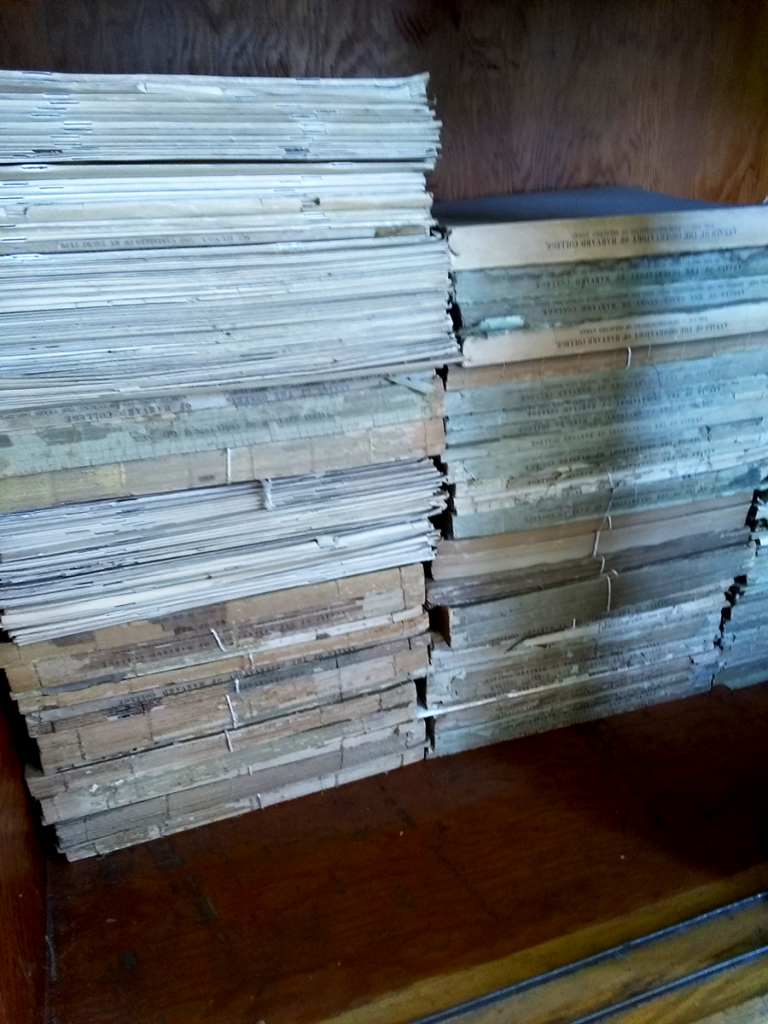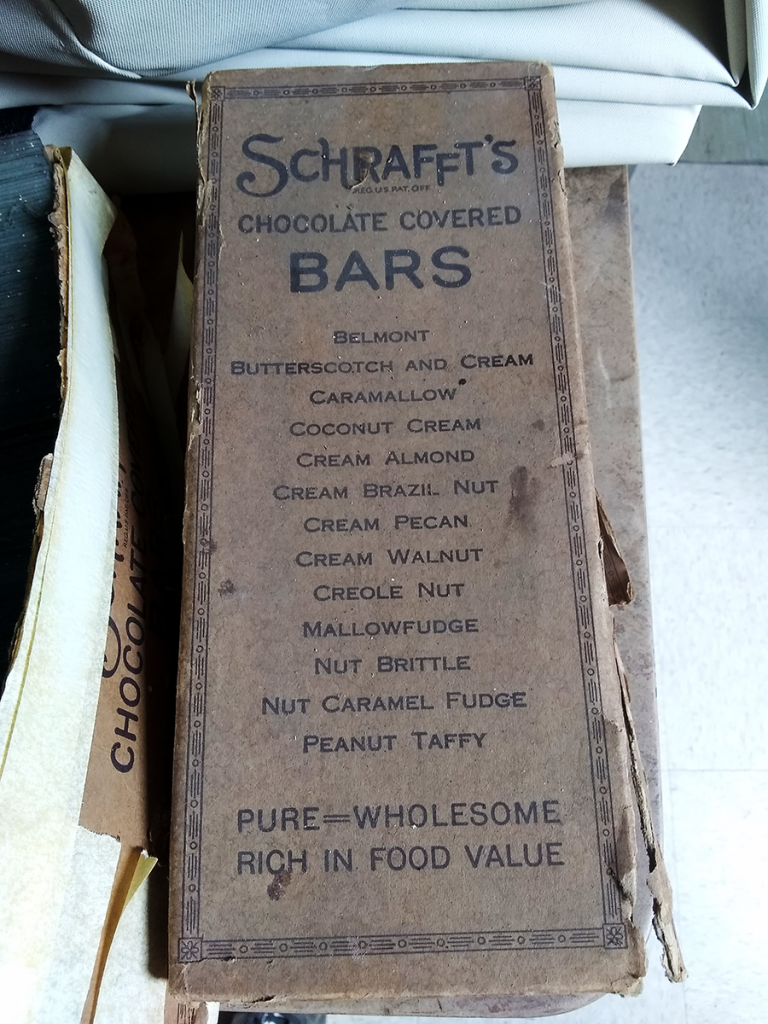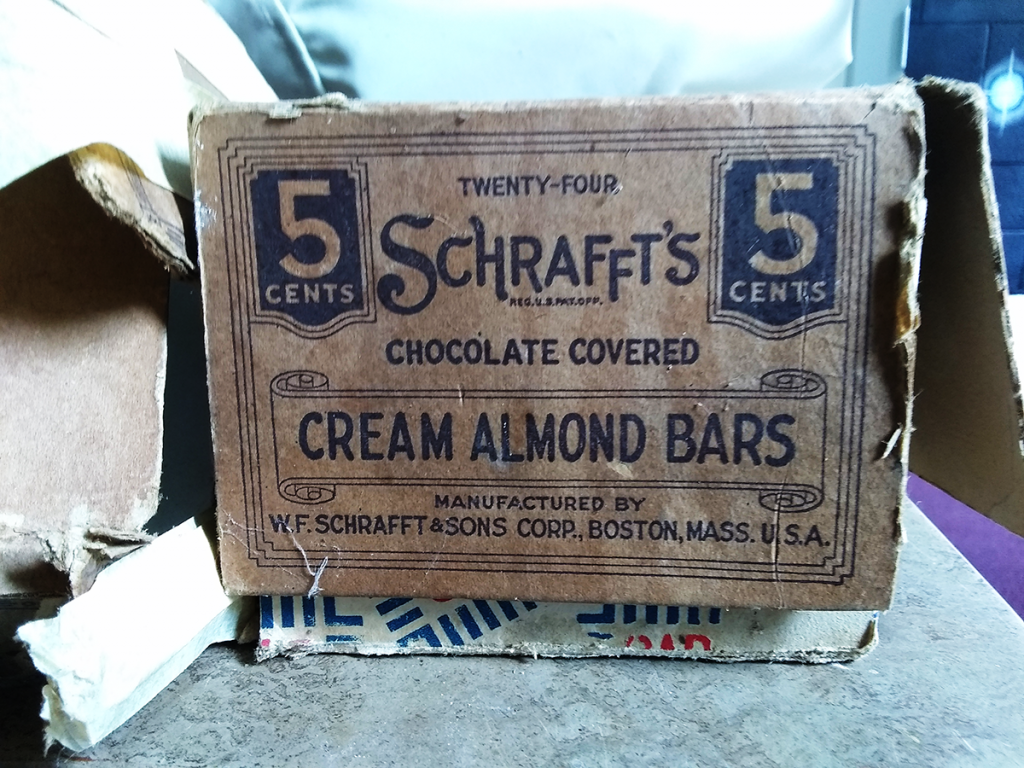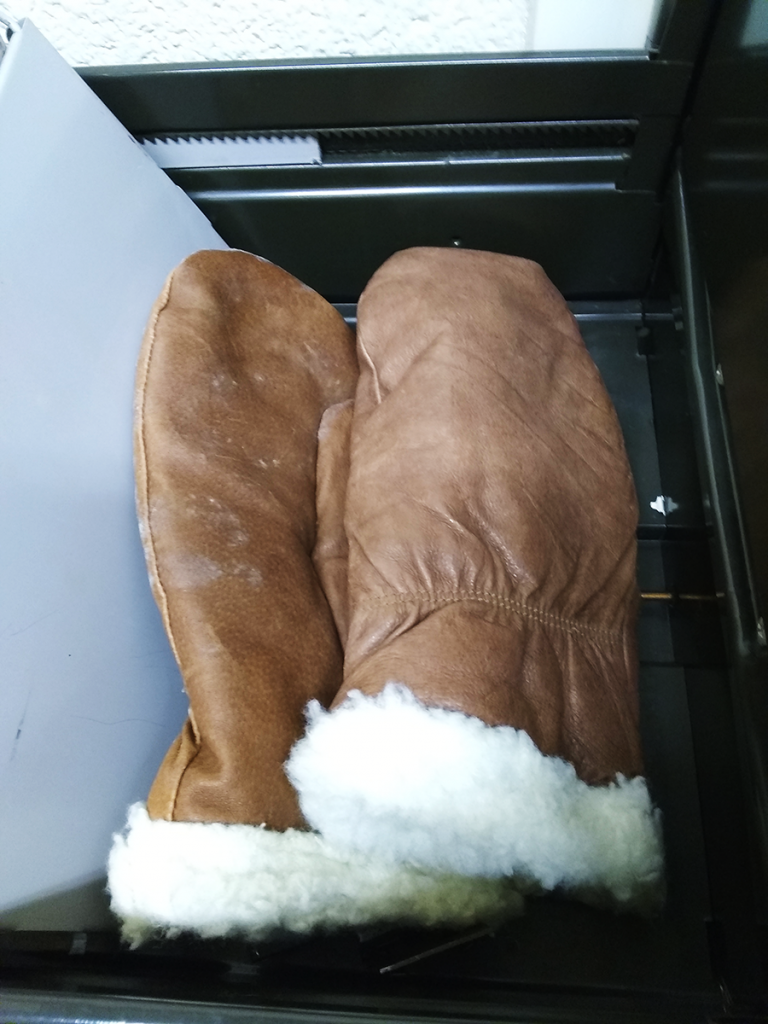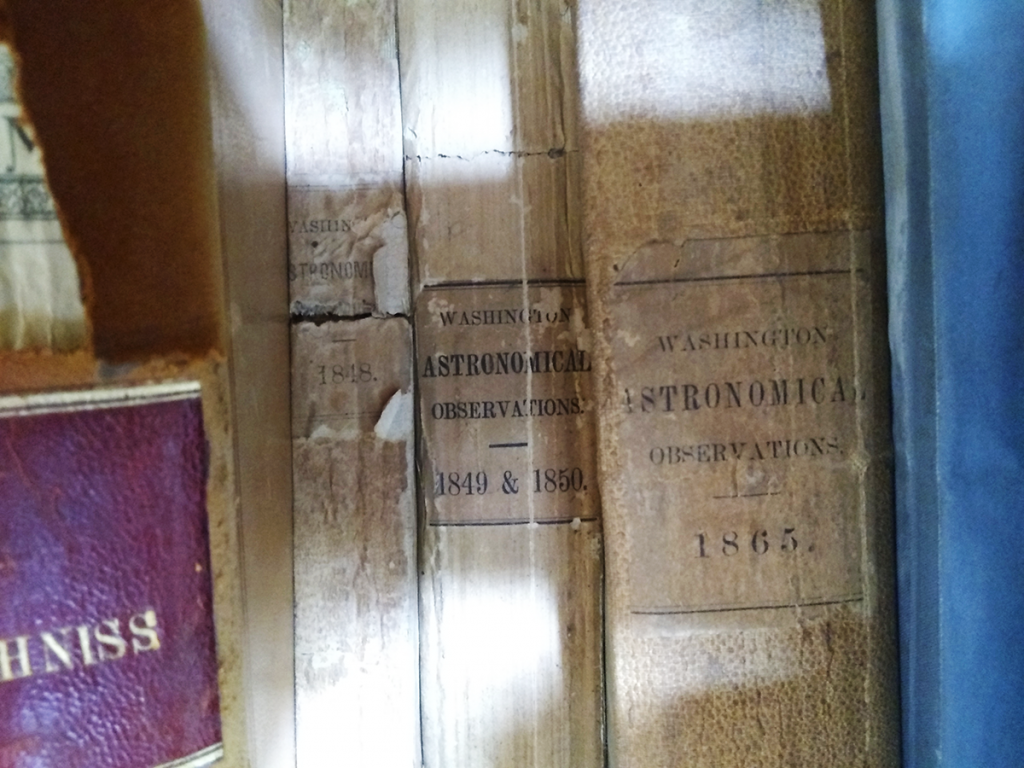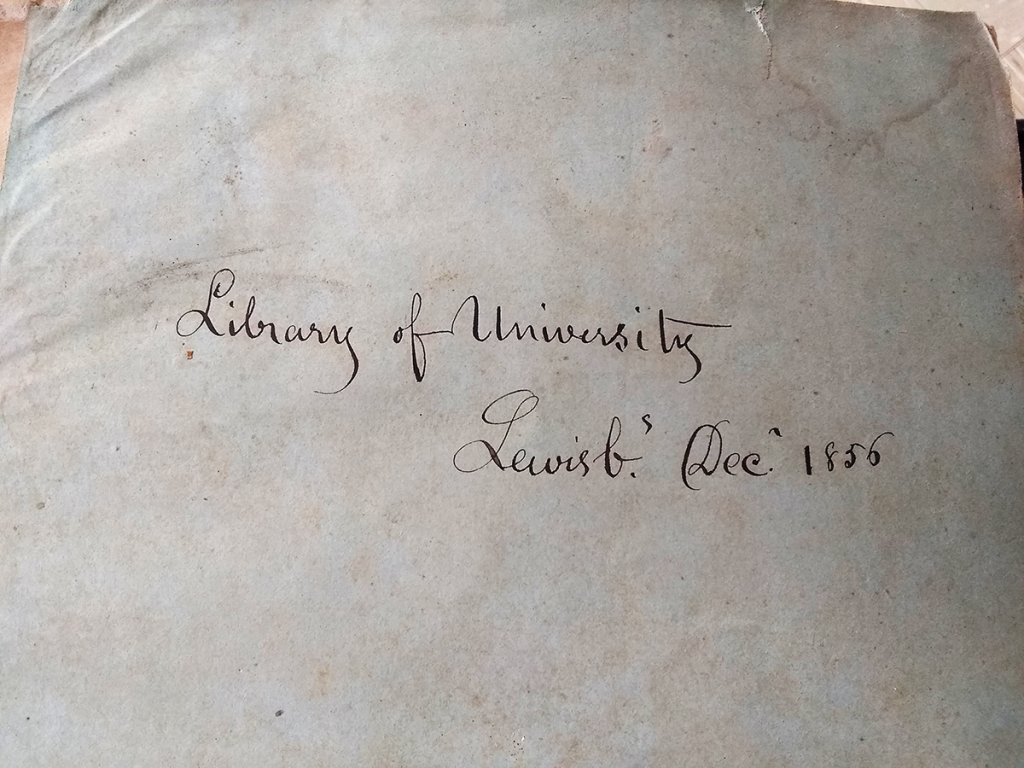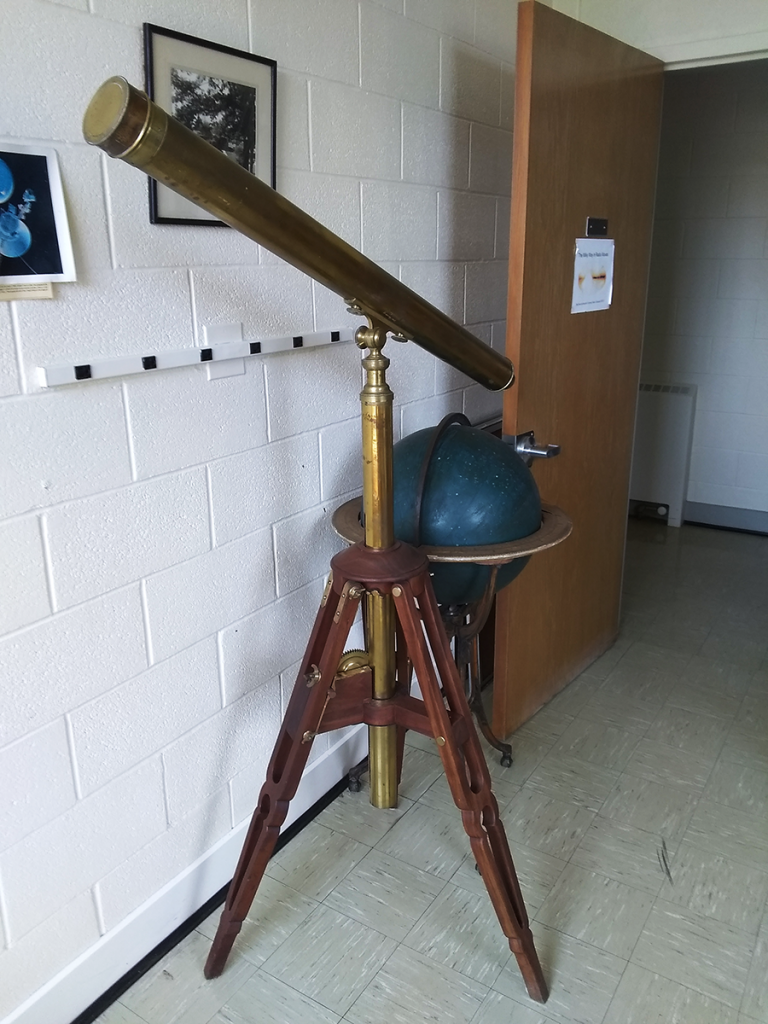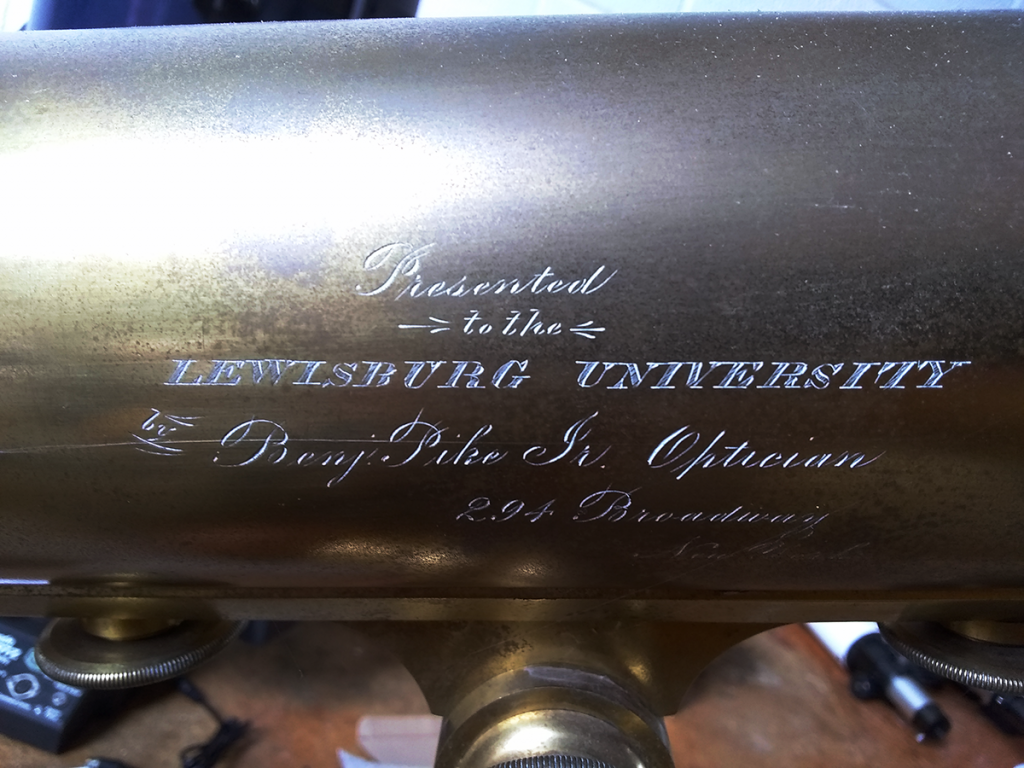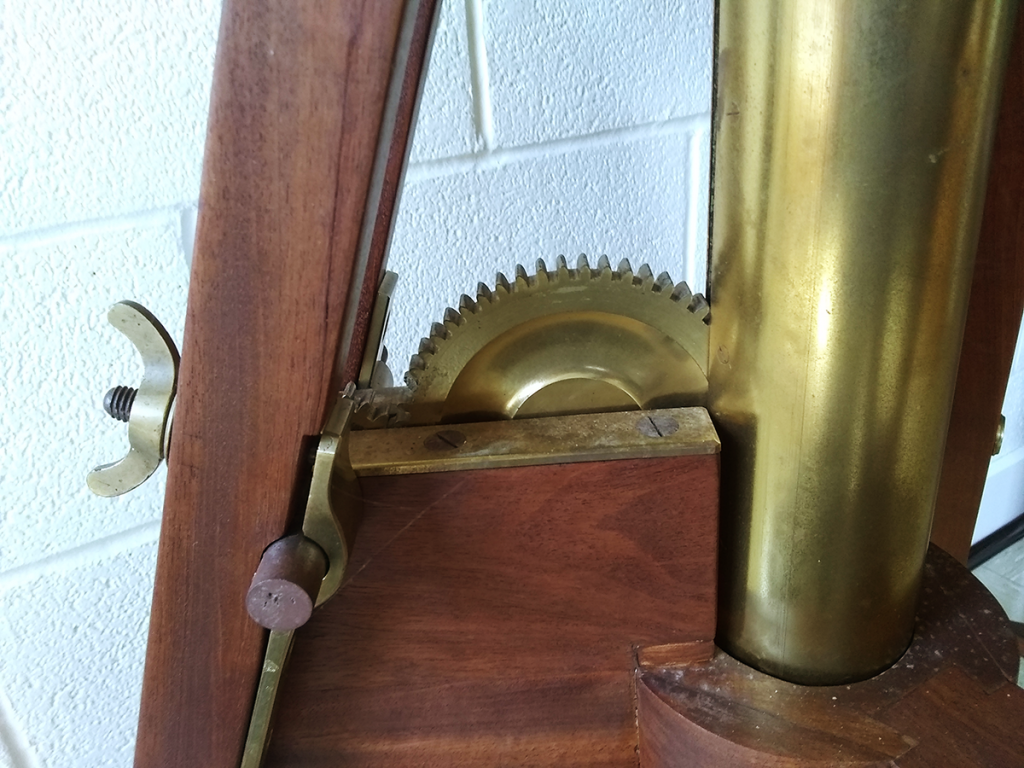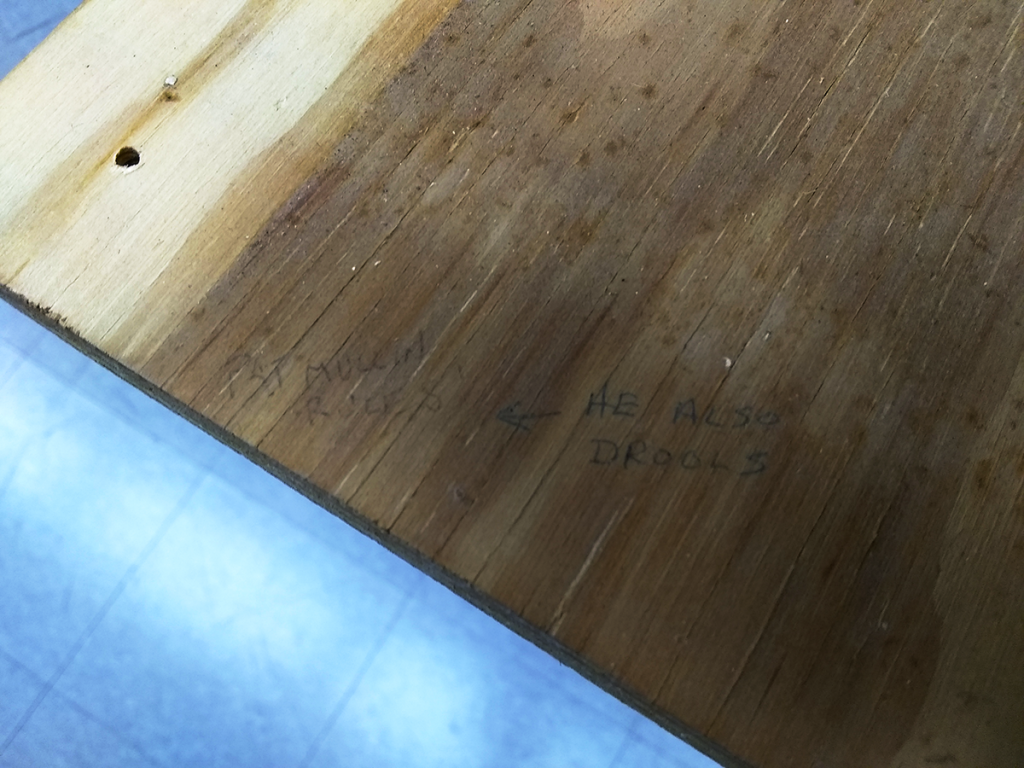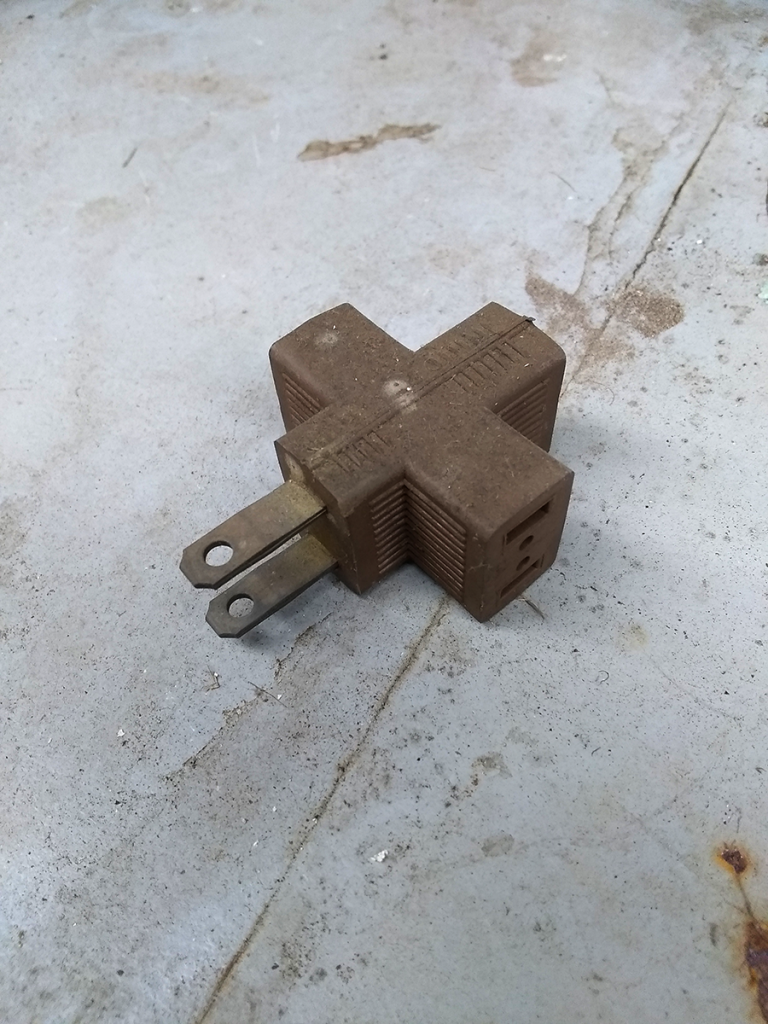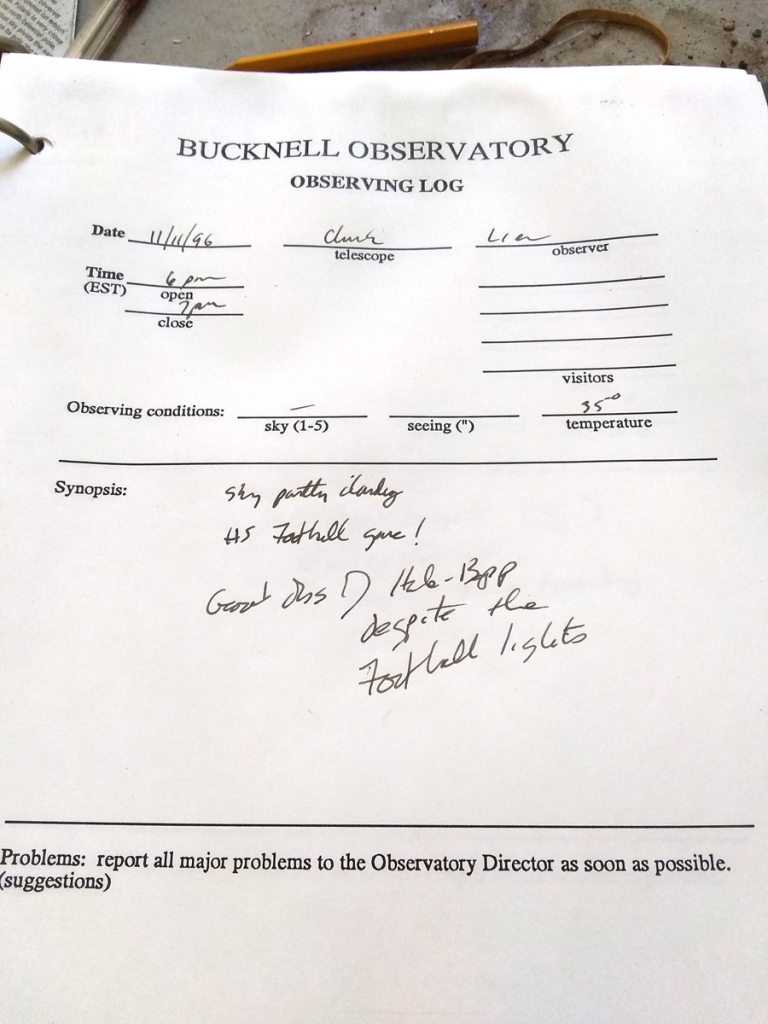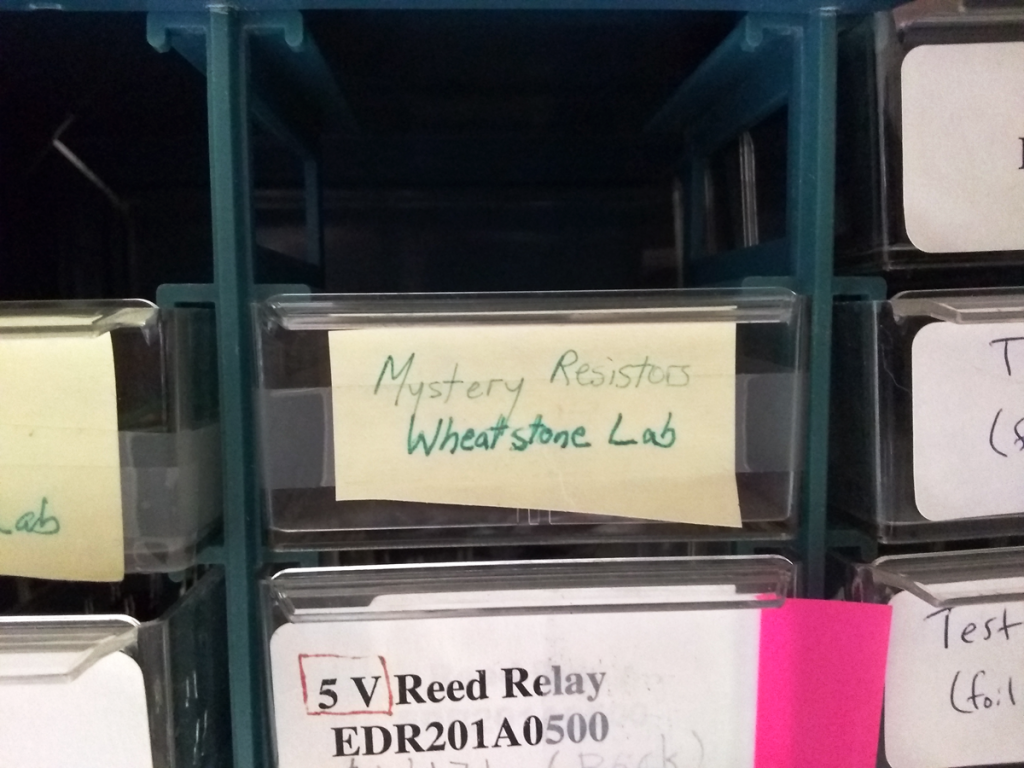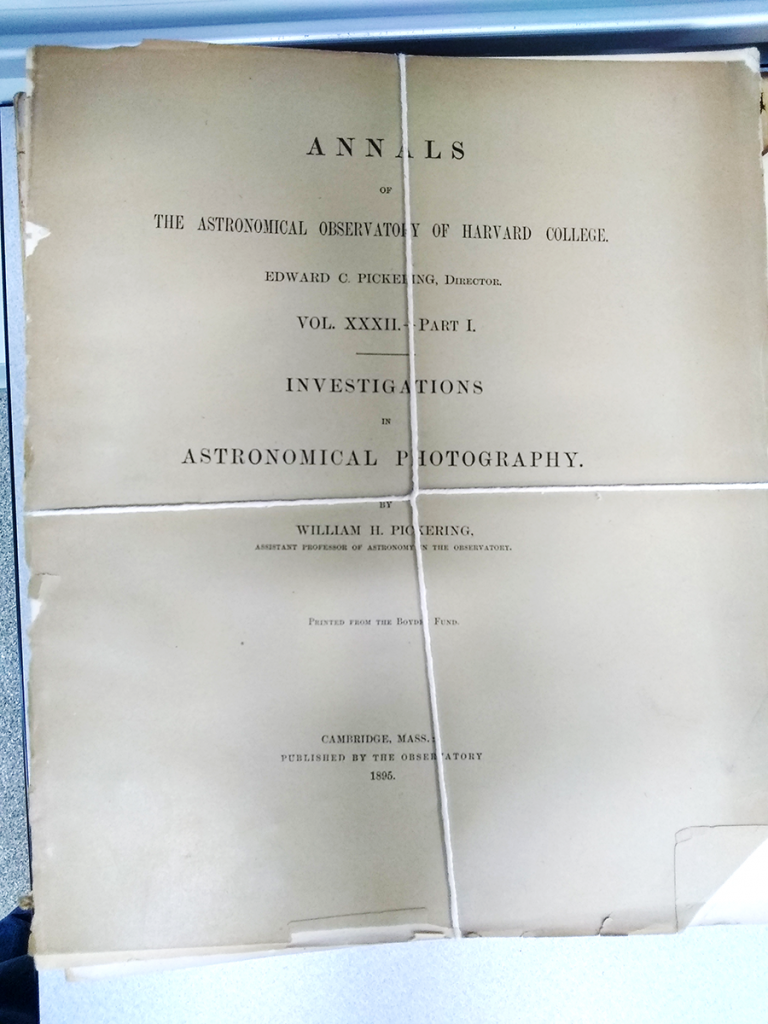
Among the stacks and stacks of old records and books at the Observatory, we have a substantial text discussing best practices for astrophotography from…
1895. Sweet.
You may read a scanned version online if so inclined. Fun to note that, broadly speaking, the difficulties remain. With every improvement in technology comes an increased ability to explore and a growing expectation of quality, so there’s always opportunity to do better. From page 2:
“In order to appreciate the accuracy with which the mechanical adjustments
must be made, and the care with which they must be used, we should recollect
that in a telescope of sixteen feet focal length, a second of arc is rather less than
.001 of an inch, — a quantity quite invisible to the naked eye. We are required,
therefore, to keep a mass of metal weighing several hundred pounds following the
star with such accuracy, for perhaps an hour, that it shall not for any length of time
shift to one side of the other from its true position by this amount.“
